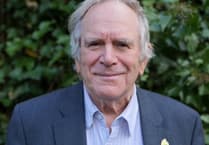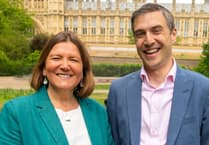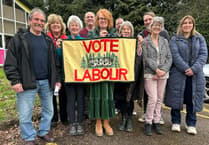The UK general election is being held tomorrow (Thursday) and if you've voting for the first time, here is our easy to follow guide to voting and what to expect at the polling station.
Polls are open from 7am on polling day, Thursday 4 July.
You can only vote at the polling station allocated to your address.
This will be shown on your poll card. You can also enter your postcode at wheredoivote.co.uk to find out where your polling station is.
You do not need to take your poll card to vote.
At the polling station, you will need to give your name and address to staff. This will be the first general election where voters will need to take photo ID to the polling station like a driving licence or passport.
The ID can be out of date, as long as it still looks like you and the name is the same one used to register to vote.
You will then be given a ballot paper with a list of the candidates and what party they belong to.
You vote for the candidate you want to see as your MP by putting a cross in the box next to their name.
After you have marked your ballot paper, you fold it and put it in the ballot box.
You must be inside the polling station or in a queue at the polling station by 10pm in order to vote.
After 10pm ballot boxes are taken to a central venue in each constituency where counting can begin.
This is a lengthy process and goes on through the night and while the final result might not be known until mid morning on Friday, most results are announced in the early hours.
When voting closes at 10pm, the results of an exit poll are announced.
What is an exit poll?
The exit poll is taken from a survey of voters in about 150 constituencies across the UK which have been chosen to be representative of the country.
As voters exit polling stations they mark who they voted for on a replica ballot paper and drop this in a box - exactly as they did inside the polling station.
These results are then analysed and used to project how many seats each party will end up with once all the votes are counted.
In some years, they have predicted the result with pinpoint accuracy but they have also been massively wrong - such as failing to predict the Conservative majority of 2015.





Comments
This article has no comments yet. Be the first to leave a comment.